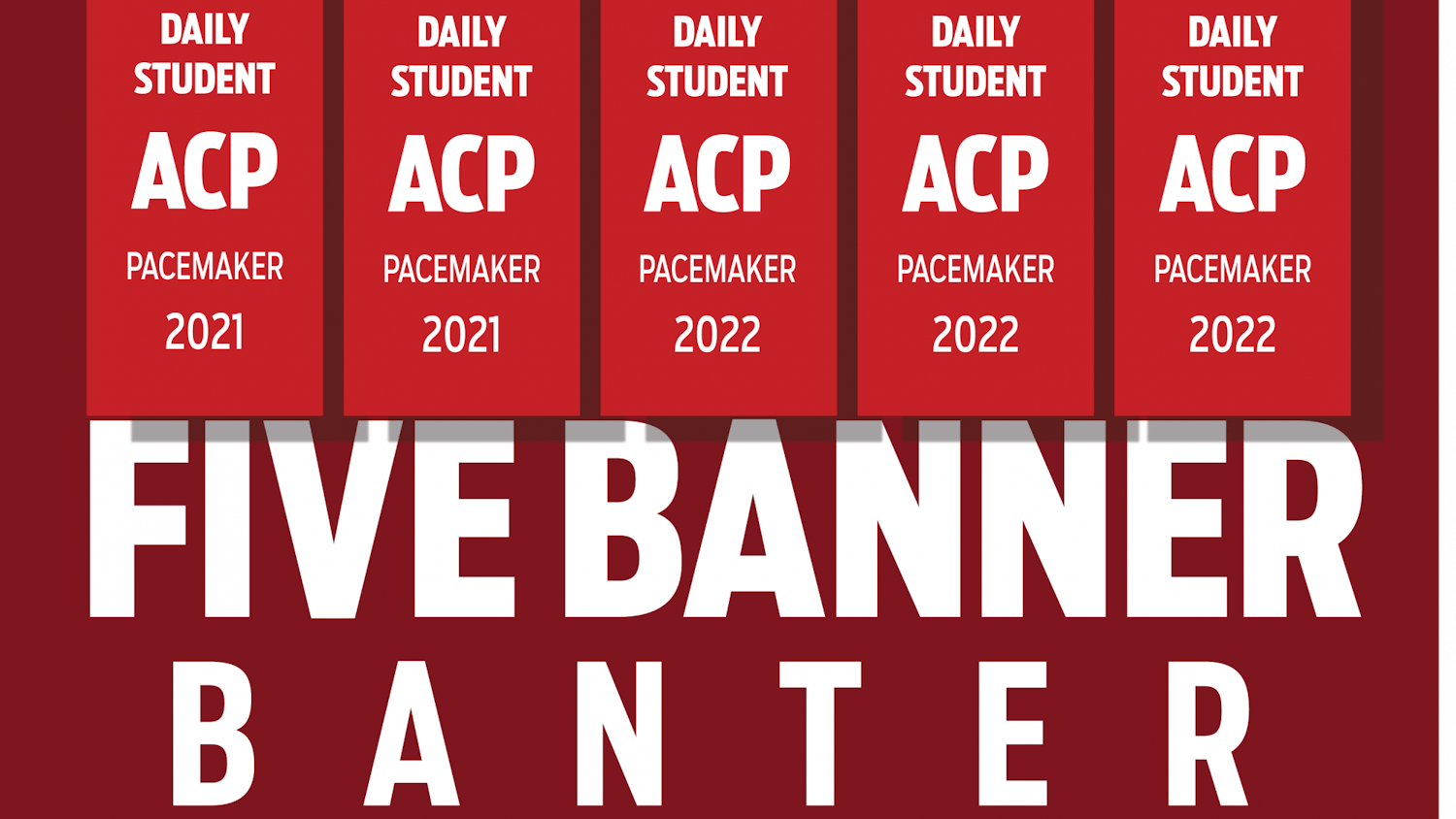As Bloomington awaits the Indiana Supreme Court decision on whether the city can limit the number of non-related people living under the same roof, some IU students are concerned with how the zoning ordinance could affect where they live in the next few years.\n"It's going to limit the number of places I'm going to live," said sophomore Emily Reid. "I can understand (the community's concern), but then again, it's a college campus."\nReid is concerned with the ongoing case of the controversial occupancy law in Bloomington that says no more than three unrelated persons can live in the same house. The ordinance, which was put into effect in 1985, was questioned in 1996 when Peter Dvorak and his tenants were sued because Dvorak violated the ordinance by over-occupying his property.\nOn Nov. 7, the Indiana Supreme Court held a hearing on the case. The court generally takes about five to six months to give a verdict.\n"I think it's ridiculous," Reid said. "I can understand how the community would want to put restrictions, but having three people does seem kind of ridiculous."\nReid is living in the Varsity Villas apartments this year but is considering living in a house next year. She said the ordinance could cause her to rethink her housing situation within the next few years.\n"I want to be able to live with more than three people and I think I have a right to do that," Reid said. Reid said she would be surprised if the ordinance will be considered legal.\n"I don't see how it can be constitutional," Reid said. "Maybe if it was like eight (people)."\nJunior Jessica Smith lived off-campus this summer in a house with five bedrooms. Some community members view the ordinance as "anti-student," something Smith agrees with.\n"Part of being in college is being with your friends," Smith said.\nPresident of the Garden Hills Neighborhood Association Phil Worthington said he doesn't believe the ordinance is "anti-student" but is a simple city code. He said a similar ordinance like this exists in cities that aren't college communities.\nIn 1985, when the ordinance was first put into effect, Worthington said 70 to 75 percent of Bloomington neighborhoods were owner-occupied. Now, he said the neighborhoods are close to 98 percent rental. Only one family owns their house in Worthington's neighborhood.\n"I'm sorry that students think its designed for them," Worthington said. "You have to ask students that if they are being excluded from these neighborhoods, why are they dominating the neighborhoods?"\nWorthington said that although some people might view the ordinance as discriminatory against students, the objective behind the ordinance is to simply reduce noise, trash and traffic within the neighborhoods.\nLaw student Dave Rivera, who is currently living off-campus, said he believes Bloomington is either family or student-based and students are the only ones affected by the ordinance. \n"I don't think you need to go one step further and punish those that might not cause a party ruckus but still want to find a better deal on housing," Rivera said. "People party, but I think people will party anyway."\nWith the upcoming court decision, Rivera said he hopes the matter can get resolved.\n"We're all adults here," he said.
Too many under one roof?
Students await state court decision on housing ordinance
Get stories like this in your inbox
Subscribe





